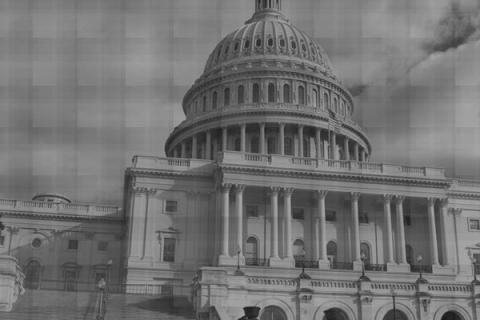Governor Jerry Brown and his Democratic company have now devised three budget proposals in California to work toward completion.
The state Senate's plan was approved last week, joining Brown's proposals. The Assembly's proposal, however, would rely heavily on the nonpartisan Legislative Analyst's Office (LAO) revenue projections. These projections differ greatly from Brown's, which were about $3 billion less than the findings of the LAO.
Regardless, state Democrats feel that their budget is best tailored to suit the current needs of California.
“We don’t want to spend one-time money on ongoing services," said Assemblymember Bob Blumenfield (D-San Fernando Valley). "We’ve clawed our way to fiscal stability, and damned if we’re not going to make sure that we stay there."
Jeff Gorell (R-Camarillo) disagrees with his colleague. Gorell sees the investment of $500 million -- championed by Assembly Democrats -- to social programs and the court system as counterproductive to the governor's budget proposal.
“That’s institutional programmatic spending that we’re going to have to keep up over the next couple of years – whether the economy does well or whether the economy dips again,” Gorell said.
This differing of opinion regarding budgetary proposals is to be expected in California. The state majority, held by Democrats, does have its fair share of Southern California districts that have a history of being Republican strongholds.
Governor Brown and Democrats Disagree?
Though Governor Brown and Democrats throughout the state tend to agree on public policy, the budget has remained the proverbial monkey on the party's back. This time around, those in opposition seem to have a logical basis to disagree with the governor's position.
Recently, two analyses were released regarding the state's budget crisis.
The first analysis was released by Moody's, which is a major third party credit rating organization. This analysis was brought about in response to a claim by the Legislature's budget analyst that the state may have to spend $3.2 billion more than Brown's initial anticipation.
"Using the governor's fairly conservative revenue forecast would increase the likelihood of meeting those forecasts and maintaining the $1 billion reserve factored into the budget proposal," Moody's reported. "The LAO's higher revenue forecast, if used by the Legislature in its budgetary decisions, adds more risk that the forecasts will not be met."
The second analysis, provided by the California Welfare Rights Organization (CWRO), was extremely critical of the Brown administration's budgetary stance within the past fifteen years.
According to the CWRO, past state budgets have forced welfare recipients in the state "to make $17.3 billion of 'involuntary contributions' to the state's general fund through benefit cuts." Brown's latest budget includes $2 billion in these involuntary contributions.
With the LAO's initial report that Governor Brown's conservative budget proposal was over $3 billion, it should not be surprising that several solutions have been proposed to counter the estimate. Through seeking the advice of outside credit, budgetary, and social organizations, many hope the state will have its ducks in a row by the June 15 deadline.

